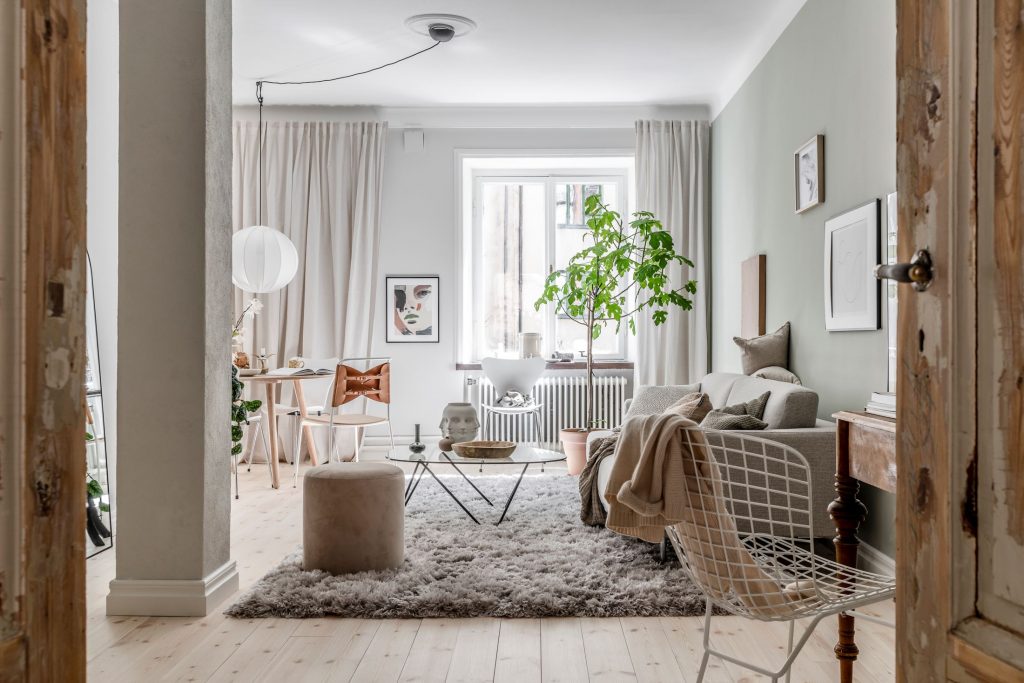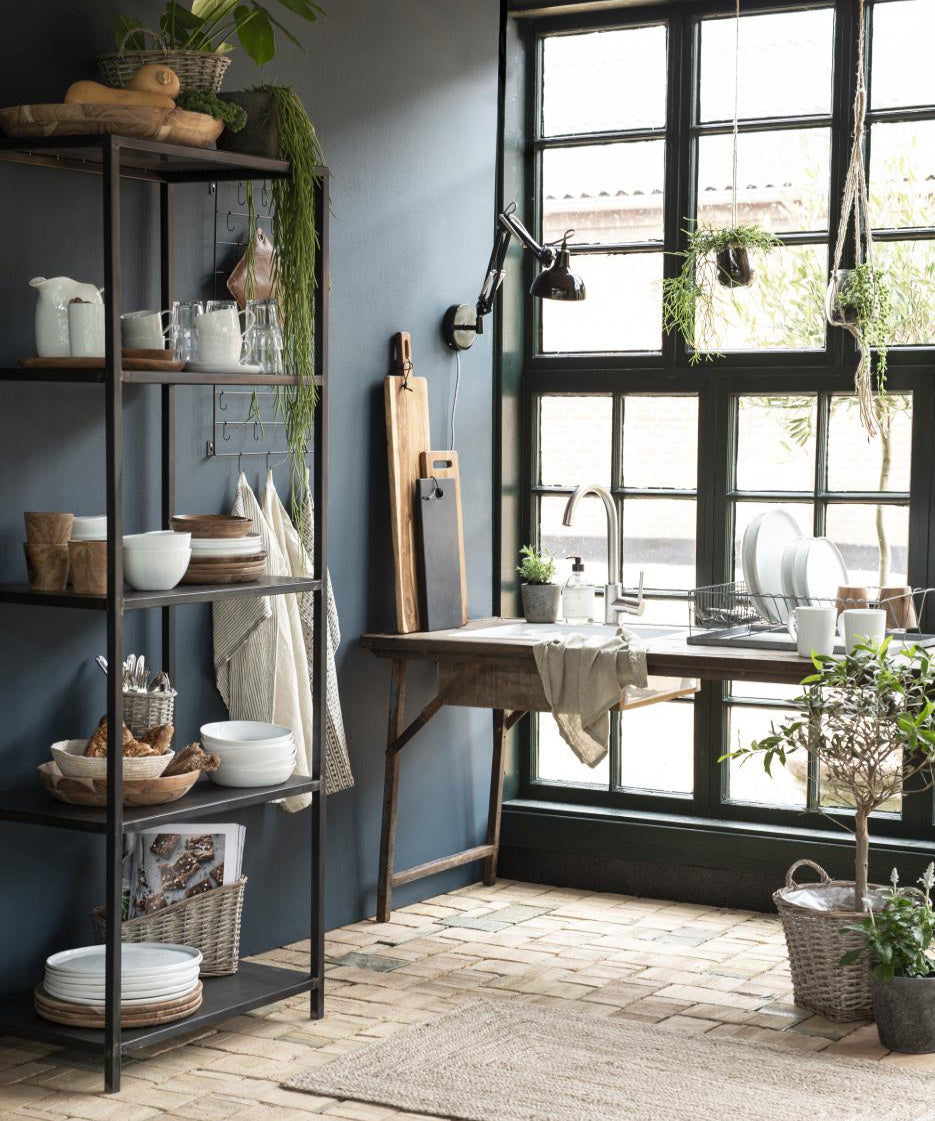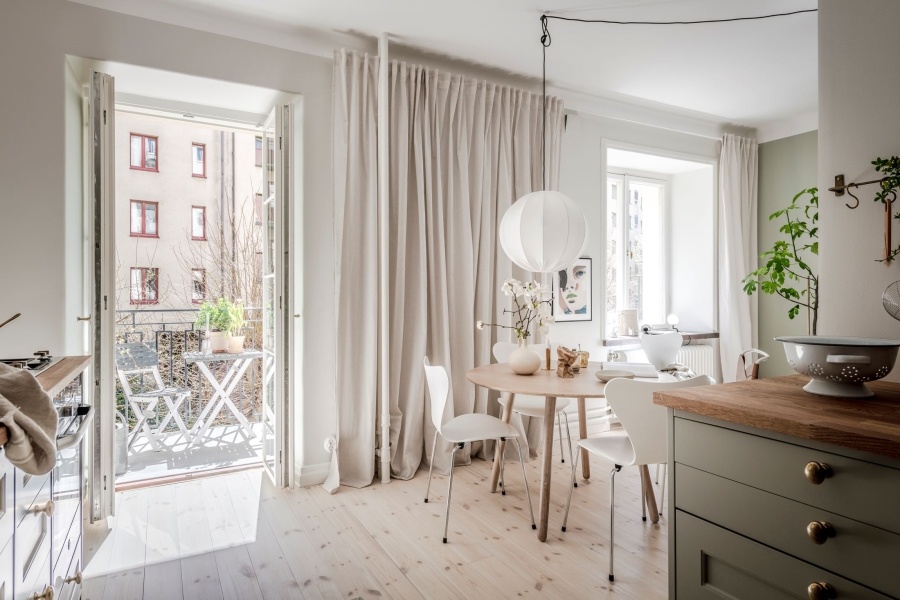Rustic Scandinavian interior design is more than just a home aesthetic; it’s a lifestyle rooted in simplicity, functionality, and a deep appreciation for nature. Having spent years immersing myself in the warm embrace of this design philosophy, I can attest to its charm and practicality. In this article, we’ll explore the nuances of rustic Scandinavian design, share personal experiences, and provide practical tips to help you create a serene, inviting space that reflects the beauty of nature and simplicity.
What is Rustic Scandinavian Interior Design?
Rustic Scandinavian design combines the minimalism characteristic of Scandinavian style with the warmth of rustic elements. It’s a fusion that prioritizes natural materials, earthy tones, and a connection to the outdoors.
The Origins of Scandinavian Design
The roots of Scandinavian design can be traced back to the early 20th century, emphasizing functionality and simplicity in form. This design ethos evolved alongside a cultural emphasis on sustainability and harmony with nature.
Key Characteristics
- Natural Materials: Wood, stone, and metals are prominently featured.
- Neutral Color Palette: Earthy tones dominate, with whites, grays, and browns as staples.
- Cozy Textiles: Soft fabrics like wool, linen, and cotton are used for comfort.
- Functional Furniture: Pieces that offer multiple uses and fit seamlessly into small spaces.
- Connection to Nature: Large windows, plants, and nature-inspired decor are essential.
Why Choose Rustic Scandinavian Design?
Choosing rustic Scandinavian design comes with numerous benefits that can enhance your living environment. Here are some compelling reasons to consider this style:

1. Enhances Well-Being
The calming color palette and natural elements promote relaxation and mental clarity, making your home a sanctuary from daily stress.
2. Environmentally Friendly
Using sustainable materials aligns with eco-friendly practices, ensuring that your home respects the environment.

3. Timeless Appeal
Rustic Scandinavian design stands the test of time, avoiding fleeting trends while highlighting classic beauty.
Core Elements of Rustic Scandinavian Interior Design
To achieve the rustic Scandinavian look, several key elements must be incorporated into your design. Let’s explore these core components in detail.

1. Natural Materials
Wood is the star of rustic Scandinavian design. Opt for reclaimed wood floors or barn wood accents to introduce warmth. Stone elements, such as a fireplace or accent wall, add an earthy touch.
2. Neutral Color Palette
A soothing color palette enhances the serene atmosphere. Whites, grays, and light browns create a backdrop that allows natural materials to shine.

3. Minimalist Furniture
Choose furniture that embodies simplicity and functionality. Look for pieces with clean lines and a no-frills approach, such as Scandinavian-style sofas and wooden tables.
4. Cozy Textiles
Layering soft textiles adds warmth and comfort. Think woolen throws, cotton cushions, and linen curtains that soften the environment.

5. Connection with Nature
Incorporate large windows to invite natural light and showcase outdoor views. Adding plants, such as succulents or ferns, brings a refreshing touch of greenery indoors.
Creating Your Rustic Scandinavian Sanctuary
Integrating rustic Scandinavian elements into your home is about more than just the visual aspects; it’s about creating a feeling of home. Here’s how you can transform your space:

Step 1: Plan Your Space
Before diving into design, assess your space. Measure your rooms and consider how you want to use them. A functional layout is essential in rustic Scandinavian design.
Step 2: Choose Your Colors
Select a base color palette that aligns with rustic Scandinavian principles. Consider soft whites, muted grays, and natural wood tones to get started.

Step 3: Select Your Materials
Incorporate natural materials into your design. Focus on reclaimed wood for flooring, stone for accent walls, and organic textiles for furnishings.
Step 4: Decorate Thoughtfully
When it comes to decor, less is often more. Choose a few statement pieces that reflect your personality while adhering to the rustic Scandinavian style.
Comparison Table: Rustic Scandinavian vs. Traditional Scandinavian Design
| Feature | Rustic Scandinavian Design | Traditional Scandinavian Design |
|---|---|---|
| Materials | Natural & Reclaimed | Modern & Processed |
| Color Palette | Earthy & Warm | Bright & Cool |
| Furniture Style | Cozy & Functional | Sleek & Minimal |
| Textiles | Layered & Warm | Simple & Clean |
| Connection to Nature | Strong Emphasis | Present, but Less Pronounced |
Pros and Cons of Rustic Scandinavian Interior Design
Pros
- Timeless Style: The aesthetic never goes out of fashion.
- Sustainability: Emphasis on eco-friendly materials and designs.
- Comfort: Cozy and inviting atmosphere.
- Flexibility: Easily adaptable to different spaces and layouts.
Cons
- Maintenance: Natural materials may require more upkeep than synthetic alternatives.
- Potential Costs: High-quality, sustainable materials can be more expensive.
- Limited Color Range: Some may find the neutral palette restrictive.
Personal Experiences with Rustic Scandinavian Design
When I first embraced rustic Scandinavian design, I was enchanted by the simplicity and tranquility it brought to my home. Transforming my living space involved selecting reclaimed wood furniture that added character to my rooms while also being environmentally friendly. I vividly remember sourcing a gorgeous farmhouse table that now serves as the gathering spot for family meals and shared memories.
Tips for Personalizing Your Rustic Scandinavian Space
To infuse your personality into this serene style, consider incorporating cherished items, such as:
- Artwork: Choose nature-inspired paintings or family photos in simple frames.
- Antiques: Incorporate vintage finds that tell a story.
- Handcrafted Items: Showcase handmade textile items or pottery for a personal touch.
FAQs About Rustic Scandinavian Interior Design
What colors are best for rustic Scandinavian interior design?
The best colors include whites, soft grays, and earthy tones like browns and greens. The aim is to create a calm and inviting atmosphere.
How can I incorporate rustic elements into a modern Scandinavian design?
Blend rustic elements by introducing reclaimed wood furniture, stone accents, and layering textiles while retaining a minimalist approach.
Is rustic Scandinavian design suitable for small spaces?
Yes! The focus on functionality and simplicity makes it an ideal choice for small spaces, creating an open and airy feel.
What are some affordable ways to achieve a rustic Scandinavian look?
Shop at thrift stores for reclaimed furniture, use natural paint colors, and incorporate DIY projects for textiles and decor.
Conclusion
Rustic Scandinavian interior design is a beautiful blend of warmth, simplicity, and a connection to nature that creates a peaceful living environment. By incorporating natural materials, a neutral color palette, and cozy textiles, you can transform your space into a serene sanctuary that resonates with your personal style. I encourage you to take the plunge—embracing this design philosophy might just change the way you experience your home.
By choosing this style, you’re not only investing in a timeless aesthetic but also in a way of living that honors the environment and nurtures your well-being. So, embark on your design journey today, and enjoy the tranquility that rustic Scandinavian design offers!